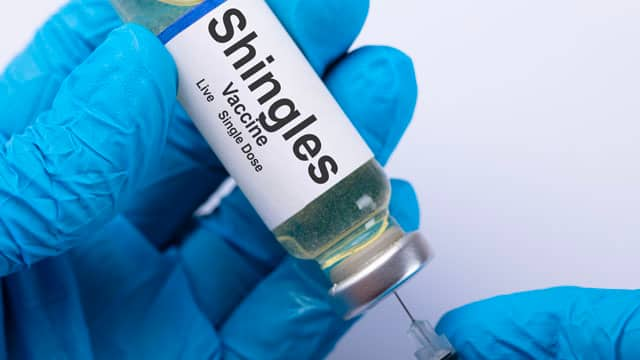1. Oral Warts
These raised or smooth bumps can develop anywhere on the tissue inside your mouth but are not painful. You might develop individual or groups of warts.
Warts are not caused directly by HIV but by the human papillomavirus, also known as HPV. Those with HIV are less equipped to ward off HPV. Because of this, they’re also more likely to develop oral warts.
Dentists can remove these by freezing (cryotherapy) or with lasers. If the warts are not too distressing, it’s a valid option to choose no treatment at all. According to Medscape, some warts are likely to disappear within two years, but they may spread without treatment.
2. Hairy Leukoplakia
Like many other conditions on this list, hairy leukoplakia is more likely to occur in those with reduced immune systems. This ailment is triggered by the same virus that can lead to mono, the Epstein-Barr virus.
Oral hairy leukoplakia gets its name from the white, hairy patches in your mouth. These are most likely to occur on your tongue but can appear elsewhere.
According to Johns Hopkins Medicine, the symptoms of oral hairy leukoplakia include:
- White patches that are folded (also known as corrugated) in appearance
- Hair-like growths on the patches
- Patches are permanent, and your toothbrush will not remove them
These patches can cause discomfort, pain, or changes to your sense of taste. In severe cases, doctors may prescribe a drug to help fight the virus or remove a patch surgically. Though hairy leukoplakia can be challenging, it often does not require treatment.
Steps to help avoid leukoplakia:
- Avoid smoking and other tobacco products
- Follow your medication regimen as prescribed
- Practice proper dental hygiene, including brushing twice daily for two minutes and flossing once a day
3. Oral Thrush
The fungus Candida causes thrush, but it is typically kept in check by your immune system. Individuals living with HIV are more likely to develop oral thrush because the fungus is not as easily kept under control by their immune system.
Oral thrush causes three main symptoms:
- White sores on the inside of your mouth
- Bleeding when brushing or after wiping away the sores
- Pain when swallowing
It can be a scary sight, but keep in mind thrush can be cured with anti-fungal medications.
4 . Canker Sores
Canker sores are a common oral manifestation of HIV. These annoying sores usually present with grey or white color in the middle of an inflamed, red region. They can be painful and show up most commonly on the cheeks, tongue, lips, or soft palate of your mouth.
While there’s no cure for cankers, you can promote healing with a few easy options.
Rinse or gargle these 3-4 times a day:
- Hydrogen peroxide diluted with an equal amount of water
- Dissolve 1 teaspoon of baking soda in 1/2 cup warm water
It could take up to 15 days for your mouth to return to normal. For the least discomfort, try to avoid strong, overly acidic foods and drinks while your canker sores recover.
5. Gum Disease
Gum disease is more common in those with HIV due to a weakened immune system. The discomfort and irritation caused by gum disease can lead to swelling or pain.
Because of these factors, it's especially important for those with HIV to practice good dental hygiene. Gum disease can often be both treated and prevented by following a simple routine and sticking to it.
Simple tips to avoid gum disease:
- Avoid smoking and other tobacco products
- Follow your medication regimen as prescribed
- Brush twice daily for two minutes and floss (or use a flossing device) once a day
- Schedule regular cleanings with your dentist or dental hygenist
If you’re experiencing symptoms that are unusually strong or distressing, we recommend talking to your doctor. It’s essential to stay on top of oral problems as they can lead to other health problems down the line. While these oral conditions can be challenging to deal with, you’re now informed and prepared to deal with them the best you can.
Oral Care Center articles are reviewed by an oral health medical professional. This information is for educational purposes only. This content is not intended to be a substitute for professional medical advice, diagnosis or treatment. Always seek the advice of your dentist, physician or other qualified healthcare provider.
ORAL HEALTH QUIZ
What's behind your smile?
Take our Oral Health assessment to get the most from your oral care routine
ORAL HEALTH QUIZ
What's behind your smile?
Take our Oral Health assessment to get the most from your oral care routine














